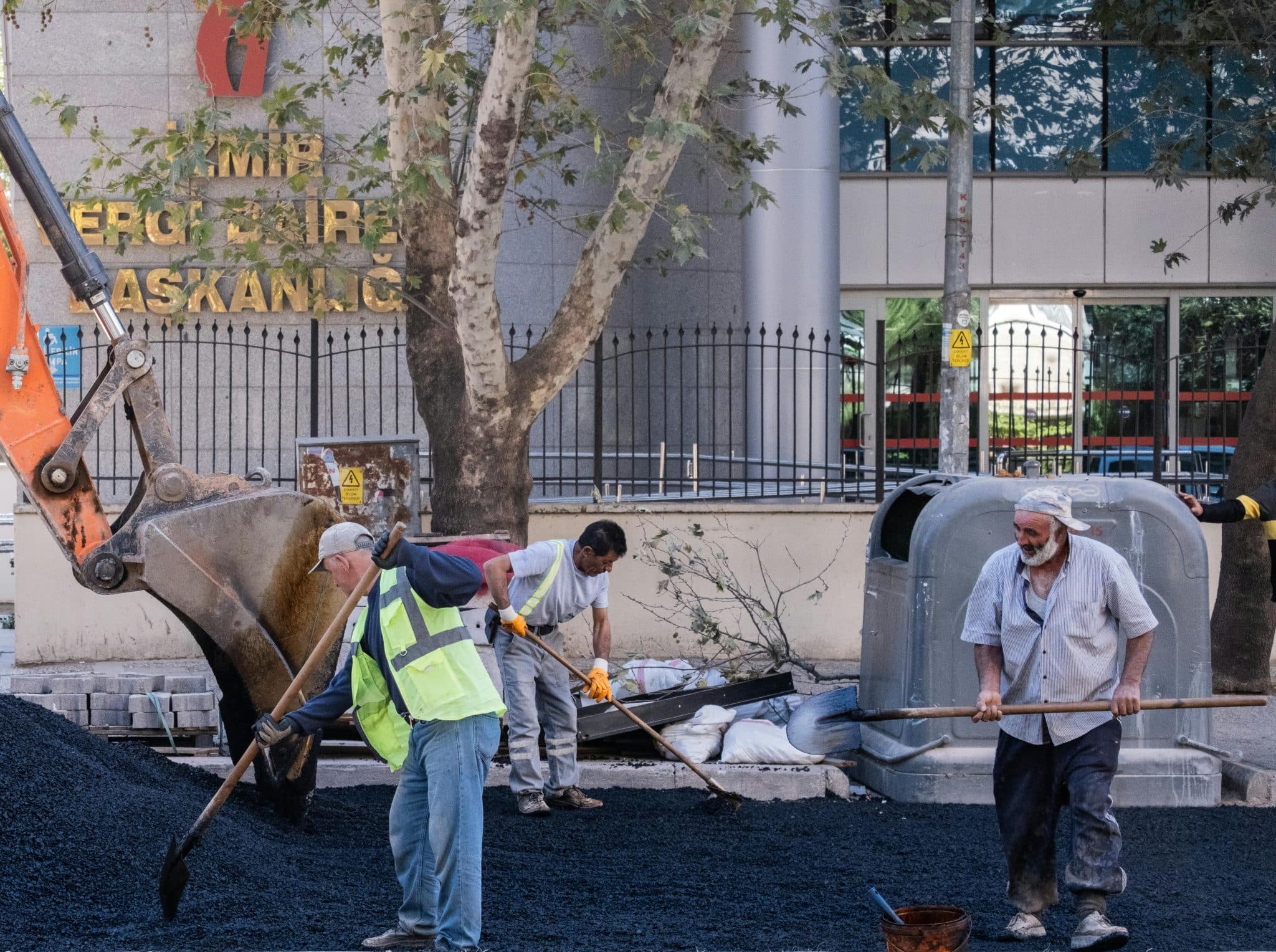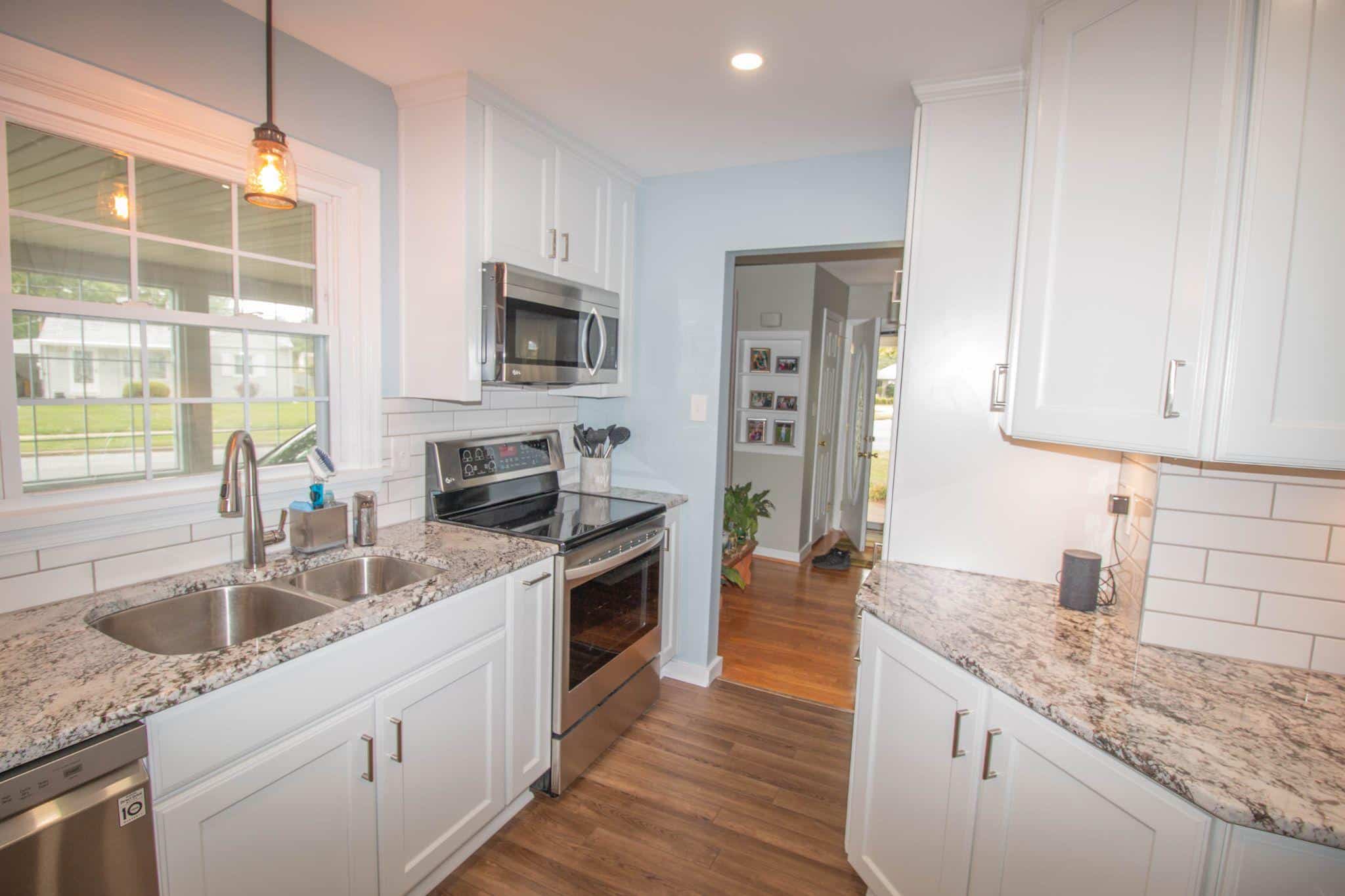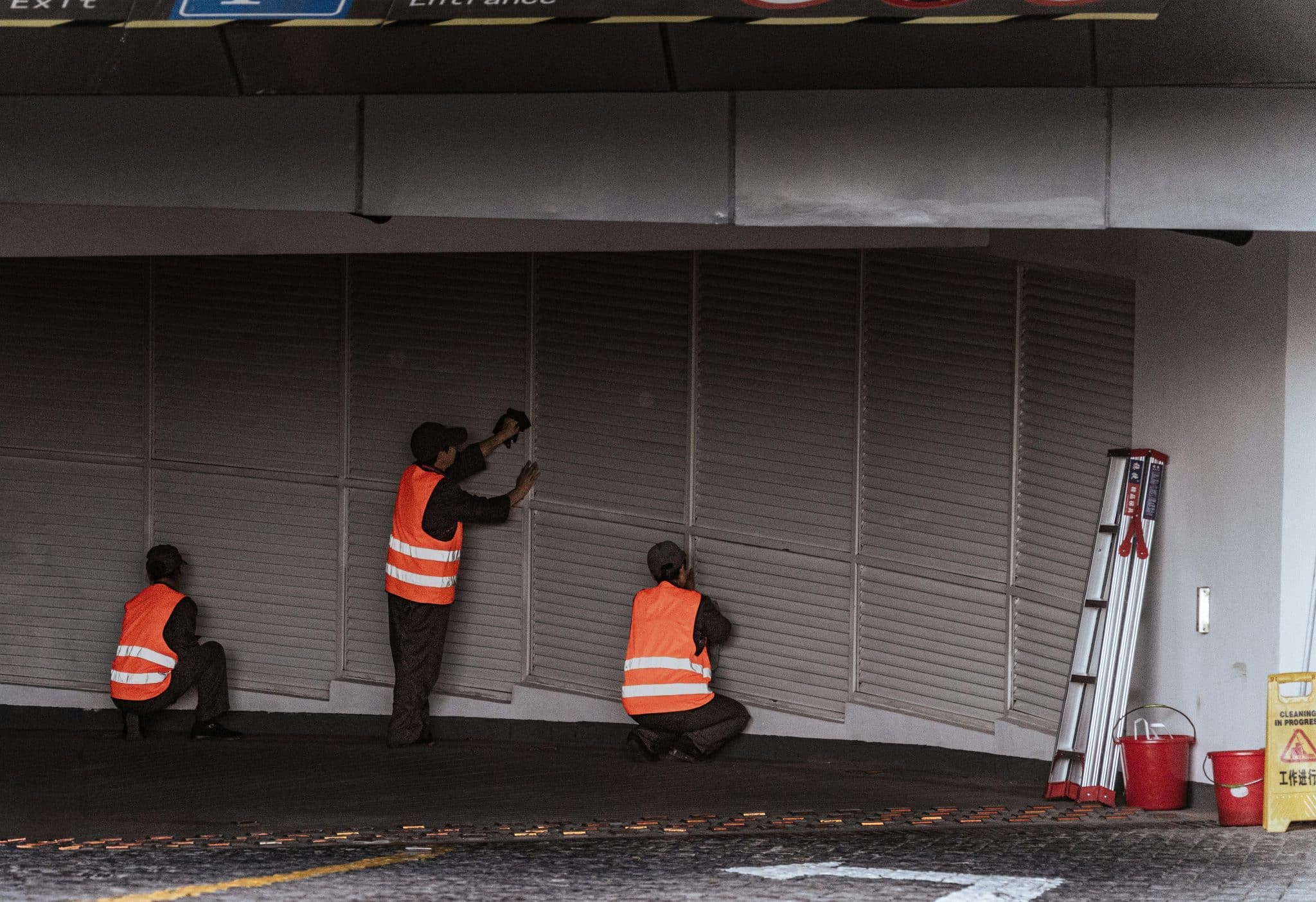Whether you’re laying a new driveway, building a patio, or upgrading a commercial walkway, starting a concrete project requires more than just pouring and praying. From soil prep to curing time, every phase impacts the outcome—and your long-term satisfaction.
So before the trucks arrive and the forms go up, it pays to understand what’s involved. In this guide, we break down key considerations to ensure your next concrete project is safe, durable, and done right.
1. Define the Purpose (and Load)
Concrete isn’t one-size-fits-all. The mix and design vary based on how you plan to use the finished surface. For example:
- Residential patios and garden paths need less reinforcement than a commercial loading dock.
- Concrete driveways for single-family homes differ significantly in structural requirements from those supporting frequent truck traffic.
Knowing the expected load and foot or vehicle traffic helps contractors recommend the right mix design, thickness, and reinforcements such as rebar or wire mesh. Skipping this step may result in premature cracks—or worse, total failure.
2. Choose the Right Mix and Finish
There’s more science to concrete than many realize. The ideal mix depends on your climate, soil, and intended use.
Common mix variables include:
- Compressive strength (measured in PSI)
- Air entrainment (especially in freeze-thaw climates)
- Slump rating (affects workability)
For high-traffic surfaces like concrete driveways, a PSI rating of 4,000 or more is standard, with air entrainment added for northern climates to prevent cracking in cold weather. On the aesthetic side, you can opt for a broom finish, exposed aggregate, stamped textures, or even colored concrete depending on your style goals.
3. Site Prep is Half the Battle
Even perfect concrete will fail if poured over a bad base. Site preparation is where experienced contractors separate themselves from the pack.
Here’s what solid prep should involve:
- Excavation: Removing grass, topsoil, and organic material.
- Grading: Ensuring proper slope for drainage.
- Compacted sub-base: Using gravel or crushed stone to create a stable, level surface.
- Formwork: Building sturdy wood or metal forms to shape the pour.
Poor prep leads to sinking, cracking, or water pooling—all of which can significantly shorten your concrete’s lifespan.
4. Timing and Weather Conditions Matter
Concrete needs time—and the right environment—to cure properly. Pouring during extreme temperatures (hot or freezing) introduces risks:
- Hot weather causes rapid evaporation, leading to surface cracking.
- Cold weather slows curing and may cause freezing before strength develops.
The ideal temperature for pouring concrete is between 50°F and 70°F, with proper moisture control for at least seven days post-pour. Always ask your contractor how they plan to mitigate weather-related risks.
5. Permits, Inspections, and Codes
Before you dig, check the rules. Most municipalities require permits for concrete work that alters driveways, sidewalks, or public-facing structures.
You may need:
- Zoning approval
- Right-of-way clearance
- Final inspections post-pour
Your contractor should handle this process, but it’s wise to confirm. Skipping permits can result in fines, required demolition, or issues when selling the property.
6. Budget for More Than Just Concrete
Concrete is often seen as a “cheap” alternative to pavers or stone, but the full cost includes more than just materials.
Budget considerations:
- Site prep and excavation
- Reinforcement (rebar, wire mesh)
- Permits and inspections
- Labor
- Cleanup and sealing
If you’re adding decorative finishes or custom patterns, expect a higher per-square-foot rate. A reputable contractor will walk you through a transparent estimate and break down optional upgrades.
7. Think Long-Term: Maintenance and Sealing
Once your concrete is poured and cured, maintenance begins. While it’s lower upkeep than wood or asphalt, it’s not completely “set and forget.”
Key maintenance tasks include:
- Sealing: Apply a quality sealant every 2–3 years to prevent water penetration and stains.
- Cleaning: Power wash occasionally to remove dirt, oil, and mildew.
- Crack repair: Fill small cracks early to prevent expansion.
Proper care not only maintains curb appeal but extends the life of your investment, especially for exposed areas like sidewalks or concrete driveways.
8. Hire a Contractor You Can Trust
Not all concrete contractors are created equal. Here’s what to look for:
- Licensing and insurance: Always verify.
- References and portfolios: Check past work and client feedback.
- Transparent quotes: Beware of vague or underpriced bids.
- Warranty: A solid contractor stands by their work.
To see an example of quality craftsmanship and expert concrete services, Park City Landscaping & Construction has a strong reputation for delivering high-performance surfaces for homes and businesses alike.
Conclusion
Planning a concrete project involves much more than picking a day on the calendar. From understanding soil conditions to choosing the right finish and contractor, every decision impacts the strength and longevity of your new surface.
Whether you’re replacing a weathered walkway or building brand-new concrete driveways, taking the time to plan thoroughly pays off in the long run. Think of it as building the foundation—literally—for decades of durability, safety, and style.








